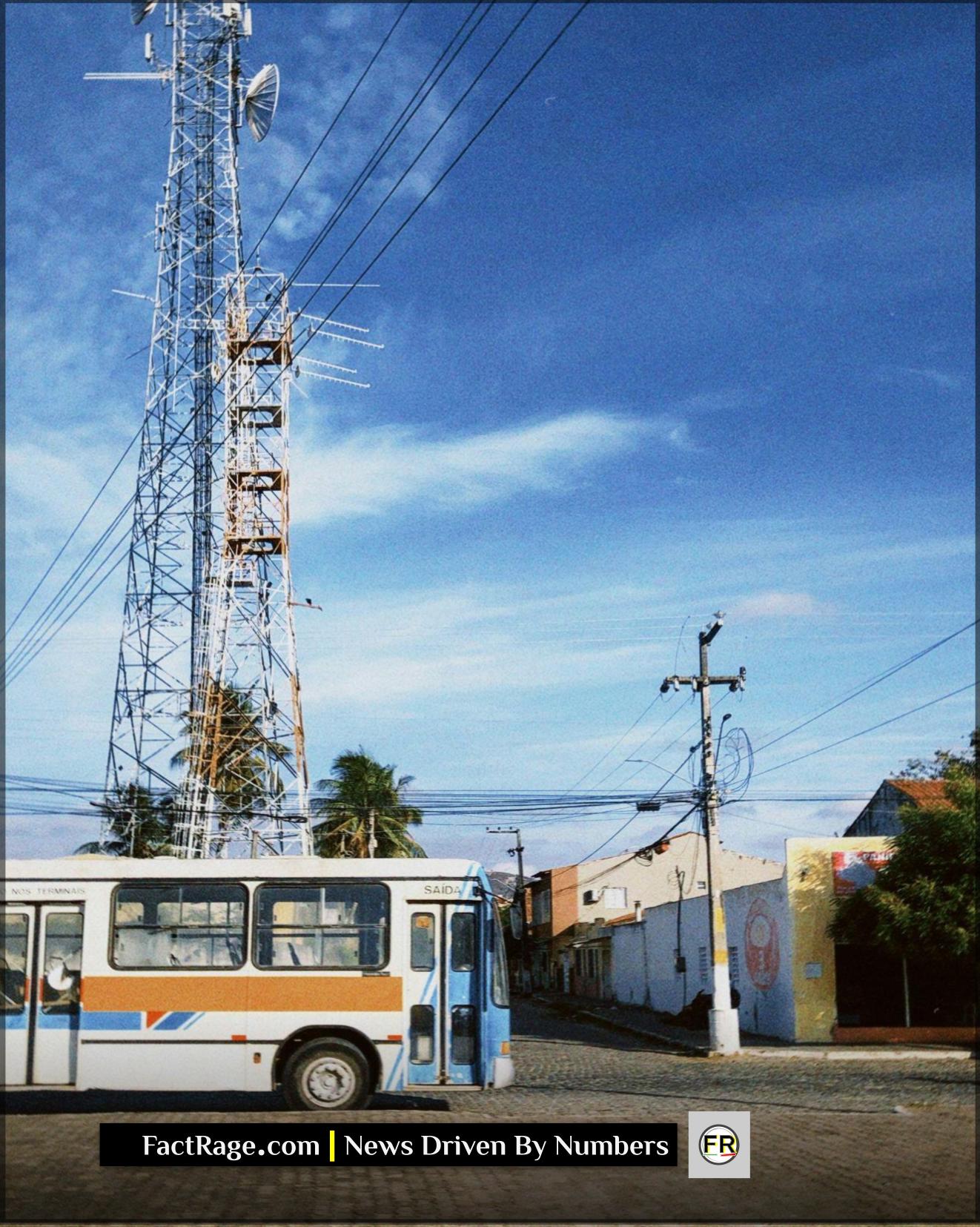FACTRAGE – A significant broadband outage on June 19 that impacted tens of thousands of CenturyLink customers has put a new spotlight on the immense financial pressures facing its parent company, Lumen Technologies.
- Market Volatility – Major service outages introduce immediate volatility to Lumen’s stock (LUMN) as investors weigh the cost of reputational damage against the company’s long-term strategy.
- The Price of Churn – Acquiring new customers can be five to 25 times more expensive than retaining existing ones, making service reliability a critical financial metric in an industry with high churn rates.
- A Multi-Billion Dollar Fix – Upgrading legacy copper networks to modern fiber infrastructure is a capital-intensive process, with Lumen planning to spend between $2.7 and $2.9 billion on capital expenditures in 2024 alone.
Each time CenturyLink’s service map lights up with red markers indicating an outage, it triggers a cascade of financial consequences that go far beyond a few hours of lost internet access. For parent company Lumen, these events represent a direct threat to its balance sheet, testing investor confidence and forcing a costly re-evaluation of its infrastructure strategy.
What Is the Immediate Financial Toll of an Outage?

While Lumen’s stock did not show a dramatic immediate drop following the June 19th outage affecting over 35,000 users, the event highlights a persistent risk for investors. The primary immediate impact is reputational. In an industry where reliability is paramount, widespread outages can erode customer trust. This damage is difficult to quantify in a single trading session but often translates into long-term stock pressure.
Financial analysts watch these events closely as a barometer for operational efficiency. A single major outage might be dismissed as an anomaly, but recurring problems suggest deeper issues within the network’s architecture. For a company like Lumen, which is in the midst of a strategic transformation to focus on enterprise clients and next-generation fiber services, these incidents raise questions about its ability to execute on its core business promises.
How Do Service Failures Translate to Revenue Loss?
The most direct financial drain from poor service is customer churn. It can cost a telecom provider up to 25 times more to acquire a new customer than to keep an existing one. With the U.S. telecom industry’s average annual churn rate hovering around 21%, every outage gives frustrated customers a reason to switch providers in a highly competitive market.
Beyond residential customers, Lumen’s strategic focus on high-value business clients makes uptime even more critical. An outage that disrupts a small business’s point-of-sale system or a corporation’s cloud access results in quantifiable business losses for the client, increasing the likelihood they will seek a more reliable provider. Reports from the Uptime Institute show that over 60% of significant data center outages cost more than $100,000, and those costs create enormous pressure on the infrastructure providers responsible.
Can Lumen Afford the Necessary Upgrades?

This is the central question for Lumen’s leadership and investors. The company is actively investing in its Quantum Fiber network, but upgrading a vast, aging national copper network is a monumental task. The cost to lay fiber can be tens of thousands of dollars per mile, and total capital expenditures for the industry are immense.
In its Q1 2024 earnings report, Lumen detailed capital expenditures of $713 million for the quarter and set a full-year outlook of $2.7 billion to $2.9 billion. While these are substantial figures, they are deployed across a massive network. The company must perform a difficult balancing act: invest heavily enough to prevent future outages and remain competitive, all while managing a significant debt load and striving for profitability. Every widespread outage serves as a costly reminder that in the telecom industry, skimping on infrastructure investment is a debt that eventually comes due.













